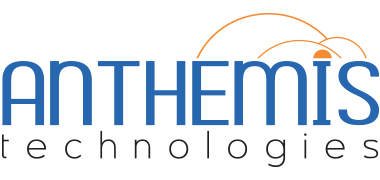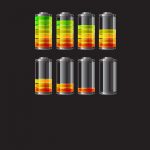Industrial IoT: real challenges for companies
A connected object is equipment that allows its user to perform a service. It provides added value that goes beyond the object itself. The service performed by the connected object is based on information that it has received, exchanged or collected.
Service is therefore the main function of the connected object . First visible in its consumer applications, the Internet of IoT objects also makes it possible to provide many services, particularly to manufacturers with the development of IoT < strong> industrial . Indeed, connected objects are capable of performing tasks such as; automation and optimization of production processes, monitoring of product quality and equipment performance, automatic stock management or even optimization of energy or material consumption.
Regarding the operation of a connected object to produce a service, data plays an essential role. Indeed, it is collected by one or more more or less complex sensors. Then processed to be transformed into information which is transmitted to be analyzed and exploited ; restitution of all of this information must allow the connected object to take appropriate actions to best meet the needs of the current situation.
The craze for connected objects continues to grow and they should reach 40 billion by 2025 !
The development of connected products and the significant data transfers that this requires are launching new industrial challenges huge. A whole dynamic is therefore being built and put in place, relaunching the development of digital technology and innovation. In this context of the development of digital services, the need to protect data has become essential for companies. Indeed, this strong development entails risks concerning cyber attacks which also continue to increase.





